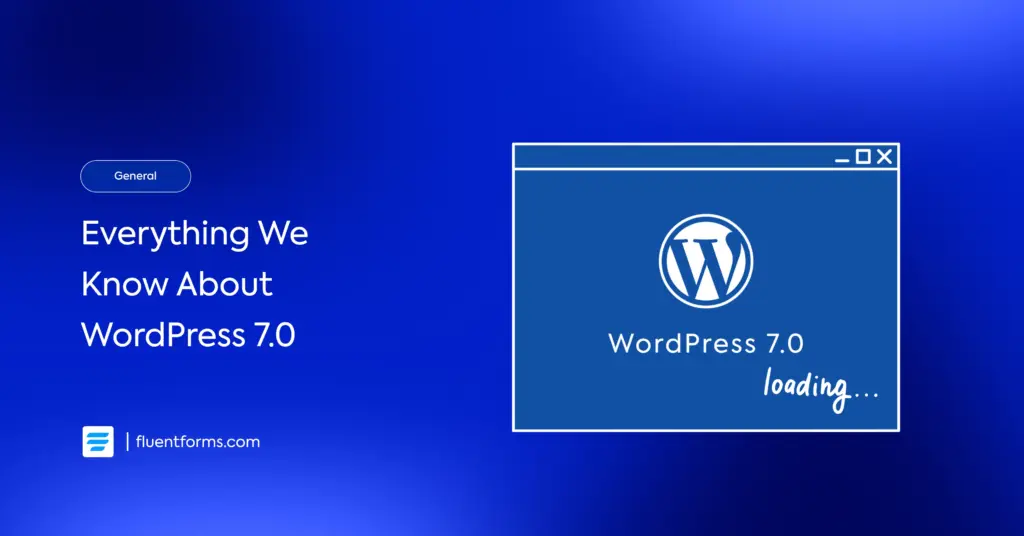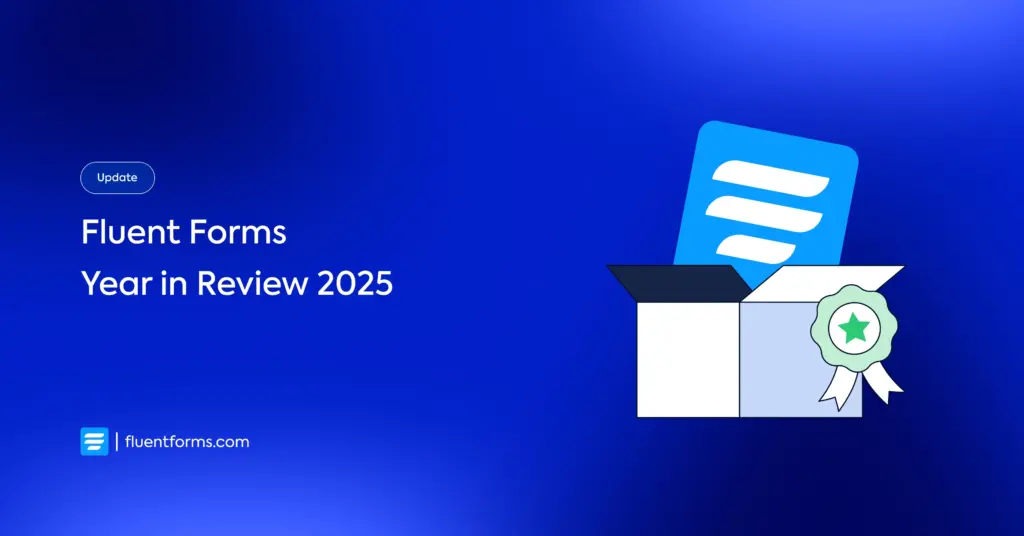Best Email Marketing Segmentation Strategies You Should Try

All of your e-commerce clients are not the same. They subscribe or join your email lists for different reasons. So, why would you bother them by sending them all the same impersonal email? Email marketing segmentation for your email subscribers helps you to send them more customized and relevant messages based on their characteristics. You can also offer them the best products or services that would match their interests.
Moreover, segmenting your email marketing lists can improve open and click-through rates. Marketers have reported that an 82% increase in open rates of emails occurs through email personalization. That said, finding out the best way to divide your email marketing lists can bring a significant impact on your business. So, today I bring this post to show you ten quick and easy email marketing segmentation strategies you can start from today.
Why is email marketing segmentation important?
Every client has a unique background, interests, and expectations from brands. Sending the same content to the subscribers at a mass scale can ruin the brand image. I personally think that is enough reason for not sending the same email to each customer. With proper email marketing segmentation, you can customize your emails based on individual recipients’ interests and details. Dividing your email list will help you to:
- Increase open rates
- Grow click-through rates
- Gain conversions
- Reduce unsubscribes
- Expand user interaction
- Keep away from spam filters
- Increase customer satisfaction
- Strengthen consumer-buyer relationship
- Create relevancy
- Increase customer lifetime
- Levere data
You must be thinking now, is there anything in email marketing segmentation that a customer can refuse? Exactly, the process is about making an offer that your subscribers can’t deny. So, always segment your clients and go for targeted email marketing. Now, let’s look at ten email marketing segmentation strategies that can help you get more subscribers and clients.
10 proven ways for email marketing segmentation
Beyond the basic classification of email segmentation, there are many other ways to categorize your email lists. You will find plenty of opportunities to send effective emails when you arrange your list according to buyer behavior and interaction. Segment your email lists in a way that can provide you with a better way of creating email content for your subscribers. Here are some categories for email marketing segmentation.
Buying behavior
A very easy way to do your email marketing segmentation is by buying the behavior of consumers. Changes in purchase behavior can express whether a lead is more or less interested in your company. You can segment subscribers who have already purchased and who haven’t purchased yet. People who have picked a product from your website already trust your brand. So, you can assume that they are great leads for cross or up-selling.
Sometimes you can reward frequent buyers with an invitation to a loyalty program to increase the brand value. Contrarily, leads that are decreasing in purchase frequency need a dedicated nurturing email campaign.
Additionally, with new leads, first, you have to build trust in your business. A more content-based approach will work for them. You can also send them references of your happy customers, product reviews, and brand mentions to create trust.
Existing customers
Segmenting with existing customers is another way to improve targeted email marketing. If a consumer has already bought something from you, you will segment them into your email list. Moreover, you can have a subdivision for all of your current clients. The easiest way to personalize your email is recommendations for similar items or accessories that matched previous purchases. Or, if a client wants replacement, renewal, or refilling of products, you can send them emails based on their needs.
For example, if someone bought a hair styling product, you can undoubtedly guess what extra item should be needed for that product or when it might run out. Then according to the need or time frame, you can send emails suggesting the addition.
Personal interests
Maintaining your email marketing segmentation on the basis of personal interests is a constructive strategy for both avoiding unsubscribes and sending targeted emails. Well, this method is a little more advanced, but it is simpler with the right tools. You can collect detailed information about the subscriber’s interests by making user profiles on your website or creating an email subscription center.
You can ask users to indicate their choices when signing up and provide them with an opportunity to update those choices by including a CTA in your emails. By doing so, you can easily find a way of targeting your audience based on their real interests. Then just add the preferences tags to each email you are going to send.
Geographic
Segmenting your emails by geographic location can be a feasible way of directly approaching a particular group of users. This strategy works well when the place matters in the purchasing decision. Knowing where your clients live can boost your business quite a lot. You can provide them with products suited to their weather conditions or territory. So, when you are collecting information through sign-up forms also include the zip code option. As a result, you can schedule your emails at a time they are awake. For example, divide your emails by geographic time zone if your consumers are living in Australia, the UK, or the US.
Demographic
Women and men shop differently! Mostly, men shop only in stores, or maybe there is only one online store in their bucket. But women are always fledgling with an online shopping problem. Besides, different age groups also have distinct shopping habits. So, if you segment to spot these customers creatively, and learn about your most loyal consumers, you will reach the right subscriber with the right content at the right time. Information such as gender, age, income level, and company position of a person tells a lot about their needs and interests.
For example, if you are running a software developing company, then your consumer’s income would be essential demographic info for your business. If you are a clothing retailer, then you have to know the needs of each gender. So, always try to get more information about your visitors in the sign-up process.
Industry type
This email marketing segmentation is crucial if you are running a B2B business. If you are trading with other companies, you may have to deal with many leads and contacts across different industries. Like individual customers, businesses also face challenges and look for growth opportunities within the specific industry. By segmenting your email campaigns, you can help other branches of the business get ahead of their competitors. Crafting this portion will assist you in ensuring your brand stays consistent and relevant for people.
For instance, if you are a financial planner for entrepreneurs and career professionals, you will create a finance segment for each because there is a difference between full-time employees and full-time entrepreneurs.
Sign-up source
A robust, targeted email marketing campaign starts with the website. How to make sure that you have provided the content your subscribers were looking for? Well, by creating sign-up forms, you can collect information about your consumer’s preferences. As a result, you will be able to send them targeted emails. For instance, if you are running a marketing blog and covering different marketing niches that won’t necessarily result in your subscribers getting interested in all the topics you are enfolding. Some people might be concerned about the email while others will simply choose to engage over social media.
So, know your subscribers first. They all are different from each other, don’t treat them the same.
Email engagement
Have you noticed an increase or decrease in the number of leads on a time basis running through your content? It is an indication of your consumers’ interest in your company. Almost all email lists have two kinds of subscribers. One who actively opens your email and the other who doesn’t. Another fundamental way of email marketing segmentation is engagement in emails. It can affect the overall result of your business. You can divide your campaigns by segmenting the involvement of users. For example, you can create a specialized campaign to re-engage your subscribers who have been inactive for months. Or you can focus on subscribers who regularly open your emails and target them more precisely.
Website behavior
A person’s interaction with your website says a lot about how they are viewing your brand. Let’s say your consumers are following an email CTA and spending hours over the week on a specific course to a product page. Based on that, you can conclude that they are strongly interested in that product. So now you can send them targeted emails based on the particular page they have visited. That way, they will know more about the product and feel inclined to purchase it.
You can also create email marketing segmentation for people who haven’t been active on your site or were hovering on a page. Offer them a new product or service they haven’t looked at before. In a nutshell, keeping track of your website behavior is another way to know more about the buyer’s interests.
Position in the sales funnel
Doing your email marketing segmentation by where your audience is in the sales funnel is one of the effective ways to personalize your emails. It is the easiest as well as a valuable segmentation strategy. Someone at the top of the sales funnel should receive different emails than the one at the bottom. For brand-new subscribers, emails should be more generalized, and offer product features, like a series of welcome emails introducing your brand. On the other hand, you should analyze which emails are more engaging to the subscribers who are already connected with you. It will help you to style your next email for showcasing the products they are interested in.
Finally, at the bottom of the funnel is the abandoned cart email. It is a situation where people have the intention to buy, but something stops them. In such a circumstance, you can send them a follow-up email reminding them that their cart is still available and featuring the product they were about to buy.
Let’s find out how you can organize your emails for your email marketing segmentation.
Best practices to design your targeted email marketing segmentation
Segmenting your email list is an effective way of sending more successful emails. In this section, I have included how you can technically set up a segmented email marketing campaign. You can use some email marketing software to automate your emails for creating more sophisticated emails. Here are five basic email marketing segmentation practices you can follow.
Design a welcome email with proper segmentation
In the first place, you have to introduce your brand through your welcome email. When you are creating this email, you have to keep in mind that you need to make a great impression through it. It can be done by giving upfront value such as an idea of what kind of information they will get through your email contents.
You have to make your headline appealing in this email. If you use broad or common titles, users might delete it or not even read your email. The best types of headlines engage with the reader’s emotions and give them a reason to open your messages.
Divide your ideal customers
What are the personality traits, needs, characteristics, and motivations of your ideal customers? The more you identify who your audiences are, the better you can design email campaigns for them. After conducting research, you can divide your customers by creating several buyer personas. Therefore, you know the types of clients you want to attract.
That way, you can develop relevant email campaigns that will fulfill an individual’s needs and get help in crafting value propositions for clicks, opens, and conversion rates. The more you will gather information about your subscribers, the more you can divide them into segments.
Create offers to attract clients to your emails
Show your subscribers that your business is interested to know more about their needs and satisfaction. In return for more data about them, you can offer them a free eBook, reports, tips, etc. You can also start creating different rows of products for your subscribers to take them deeper into your email marketing funnel. Increase your open rates by adding some value to your emails that your clients can use. Once they try your offer, they are more likely to purchase from you again.
Set up a follow-up email for each loyal subscriber
Remind your loyal customers why they should continue buying from you, and make some attractive offers. You can send them a follow-up email every two or three weeks or according to your email schedule. When a client buys from you multiple times, you can divide your segments to reach out to your loyal subscribers. Keep in mind that too many messages can overwhelm your prospects.
Ask for review
You can request the reader’s opinion and feedback about your products or services. Ask them what they liked and what they didn’t in your brand. You can also ask for suggestions on how you can improve your business and provide a better service to them as per their needs. Sometimes you can send them emails reminding them about your company and better messages in a specific time.
Finally, just add some preference tags to every email and send it out.
Bottom line
Sending the right emails, at the right time to the right subscribers, is the ultimate goal of email marketing segmentation. With some simple email marketing ideas and creativity, you follow these targeted email marketing segmentation strategies for your business. I hope this article helps you to increase the click, open, and conversion rates of your website. For more helpful tips in email marketing, you can visit our website wpmanageninja.com.






